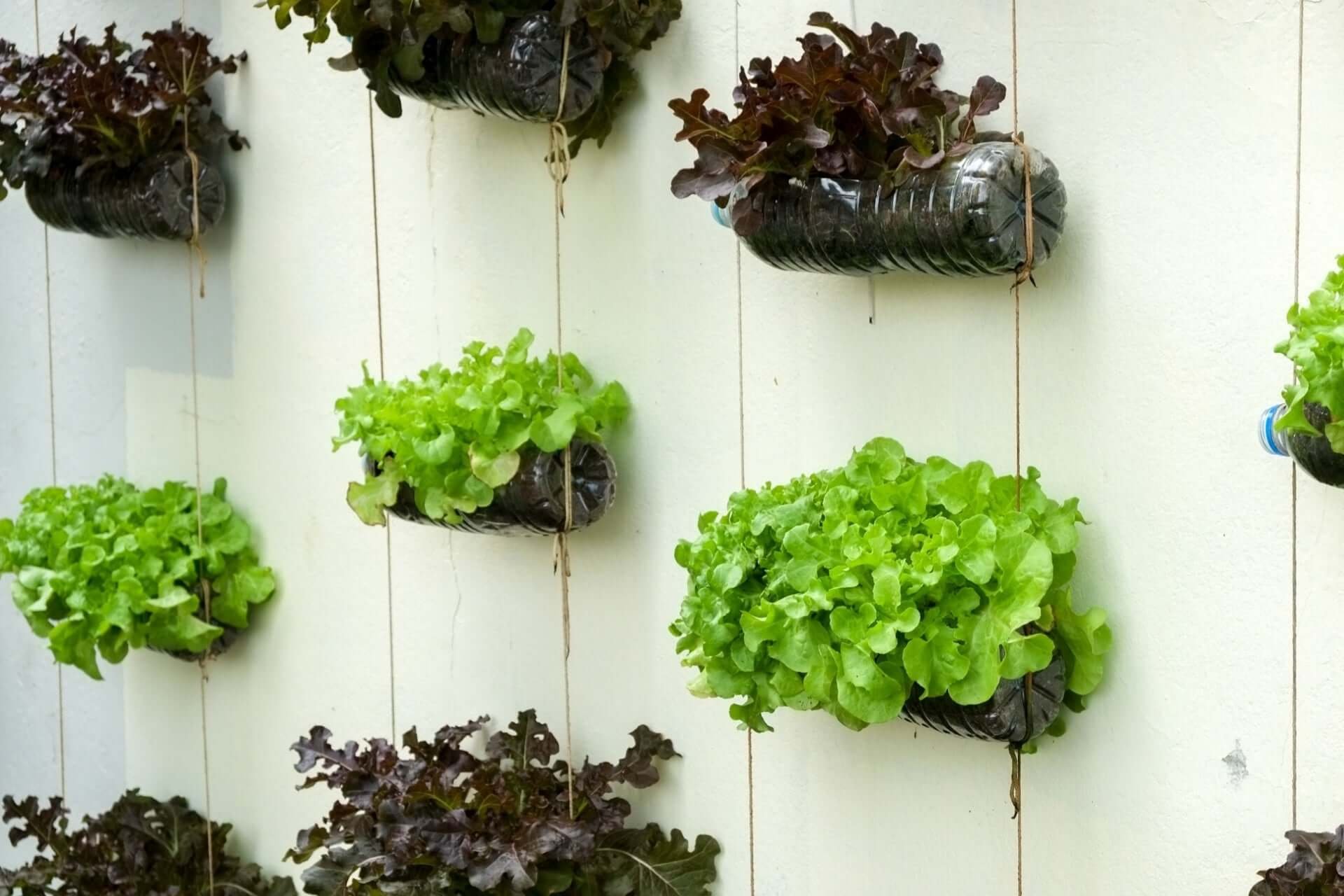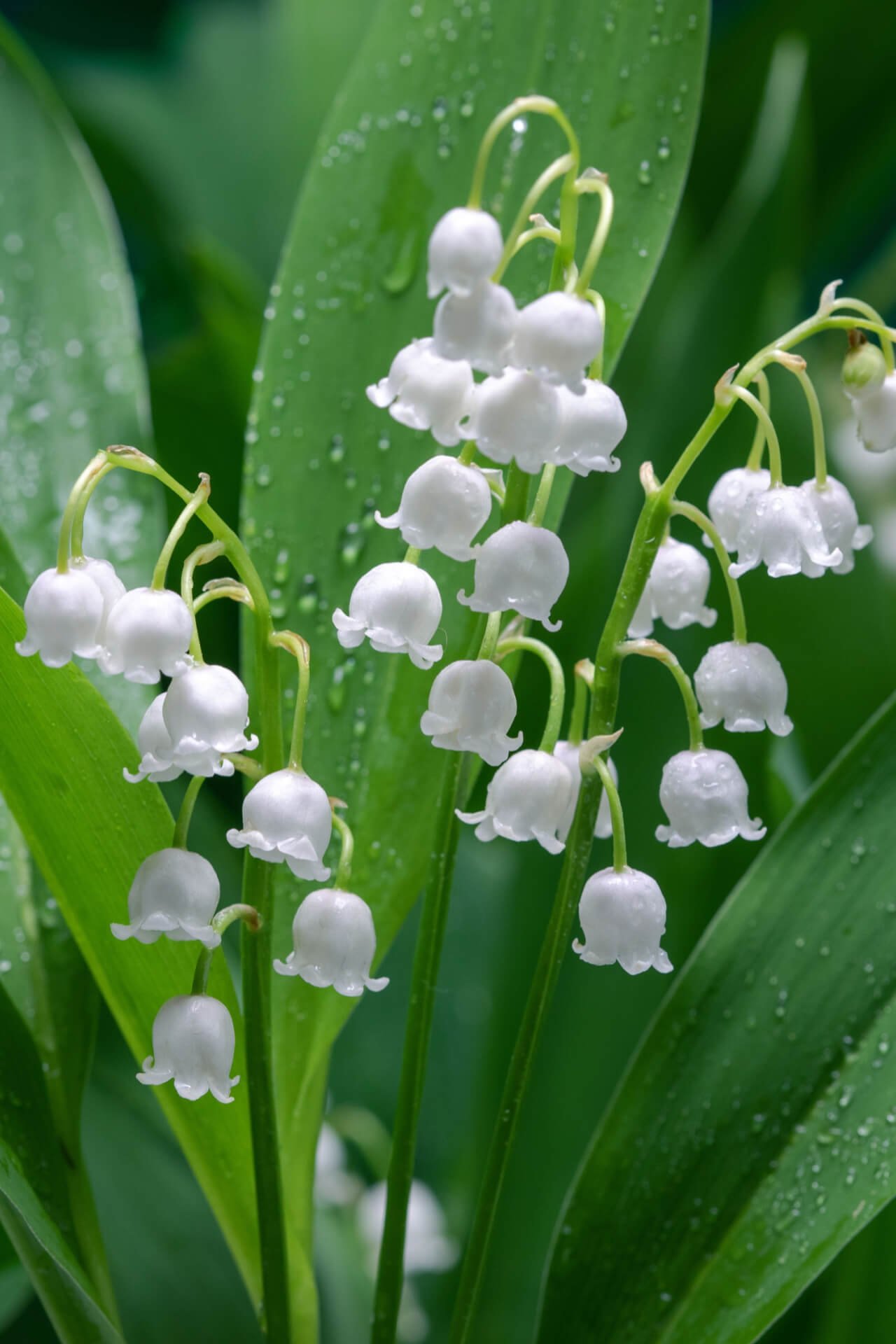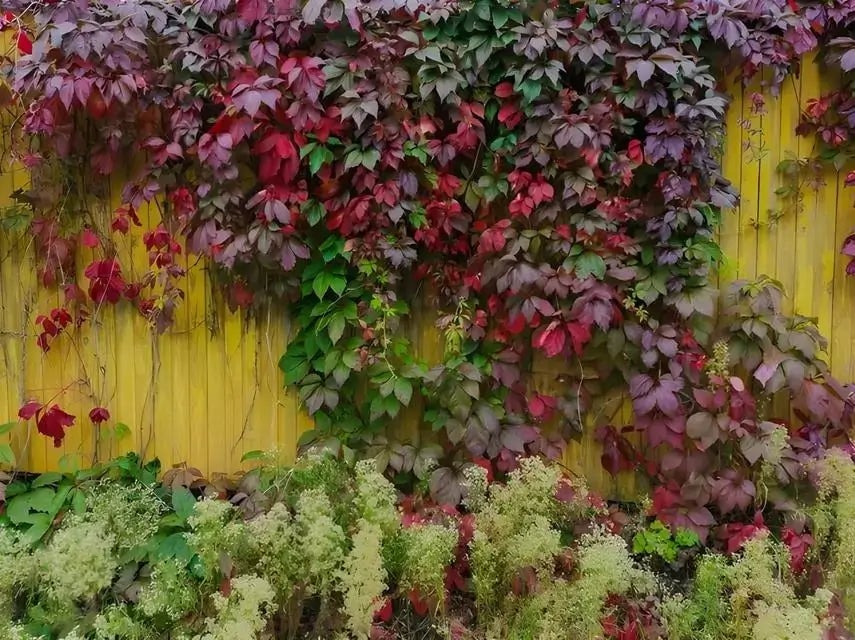A new trend for those who want greenery but do not have the time to spend on expansive gardens is vertical gardens. Vertical gardens are versatile and beautiful, whether you have a small urban balcony or want to add some greenery to a modern office. With a carefully chosen mix of plants, they liven up any horizontal surface, whether it is in your home, apartment, or office.
Vertical gardening is all about versatility. You can make live walls, planters, hanging installations, or tall planters, depending on your requirements. It all starts with the plants you plant, each making its charm. Whether leafy ferns or draping vines, each variety contributes to an animated, pleasing composition. The right combination of plants and attention allows such gardens to flourish, and the world can live on without us.
The Perfect Plants for Vertical Gardens
Regarding vertical garden plants, please consider how they will grow, how much they will need to be maintained, and what they will look like. Certain plants were always best at this because they were trailing, compact, or climbing. Ferns like Christmas or Giant Ostrich are great for introducing rich textures. Their fluttering stems drift downward from the planter to give depth to any vertical arrangement.
If color and flowers are your things, flowering perennials like Lily of the Valley or Evening Primrose are fantastic to add. With its tiny bell-shaped flowers, Lily of the Valley grows in sunny spots, and Evening Primrose brings the yellows to your garden when it opens its blossoms at dusk. For something dramatic, Jacob's Ladder has elaborate foliage and brilliant blue flowers to make vertical gardens look neat and formal.
Vertical gardens are graced by trailing plants like none other. Vines such as Virginia Creeper and English Ivy climb glibly, covering walls in their greenery. Virginia Creeper is also very seasons-tuned, and it brightens in fall. English Ivy is a traditional plant that can be developed in the sun and shade, so it goes well with vertical gardens of every type.
Caring for Vertical Gardens
The best vertical garden takes design and upkeep on the same page. Since the vertical planters are very compact, they dry out the soil quickly and water,r them regularly. Flora, such as ferns and Lily of the Valley, always love wet soil, so they are good markers of when you need water. Investing in a watering system with a slow flow (such as drip lines) prevents you from drowning your plants in water.
Soil quality is equally important. Plants can thrive with a light, nutritious mix without lifting the whole vertical garden too high. Natural compost or soil conditioners are magic for retaining fertility in the long term. In the case of species such as Evening Primrose and Jacob's Ladder, which love well-drained soils, planting depth and spacing are very important to avoid root clogging.
The vertical garden also needs to be trimmed and pruned. Slow-growing vines such as Virginia Creeper and English Ivy can be pruned occasionally to keep them in shape and out of sight. In contrast, flowers such as Lily of the Valley should be deadheaded after they flower to foster more growth. Daily monitoring helps catch pests or diseases early and keeps the garden in shape.
Vertical gardens must also be strategically located to accommodate plants' need for light. English Ivy and ferns do not like to be surrounded by a lot of sunlight, which makes them great for an indoor or shaded outdoor setup. Meanwhile, evening Primrose and Jacob's Ladder like sunnier spots where their blooms and leaves can shine. Plants with different needs can be mingled to achieve a symmetrical look if both can get enough sunlight to bloom.
A Flourishing Future with Vertical Gardens
Vertical gardens aren't just the new fashion for gardening; they're the modern art of landscape design. When gardening implements such as vertical planters are adopted, they create possibilities for planting where once greenery was unimaginable. They're living buildings that don't just help the air but give us a sense of well-being by connecting with nature, even at the center of cities.
The variety of vertical garden-friendly plants means that there is something to fit any preference and style. Vines that flow back, flowers, and foliage that vary in texture turn blank walls into visual art. With the proper planning and maintenance, vertical gardens are a constantly changing source of natural beauty, and creativity in greening up knows no bounds.
Read more

Garden furniture builds the core of any garden and makes it a space for unwinding, interacting, or contemplating alone. Comfort and long life are considerations while shopping for furniture but not...

Nectar-bearing flowers and host plants that support caterpillars and adult butterflies are a majorstay of butterfly gardens. Here are 10 butterflies-attracting plants that can be grown in many gard...





